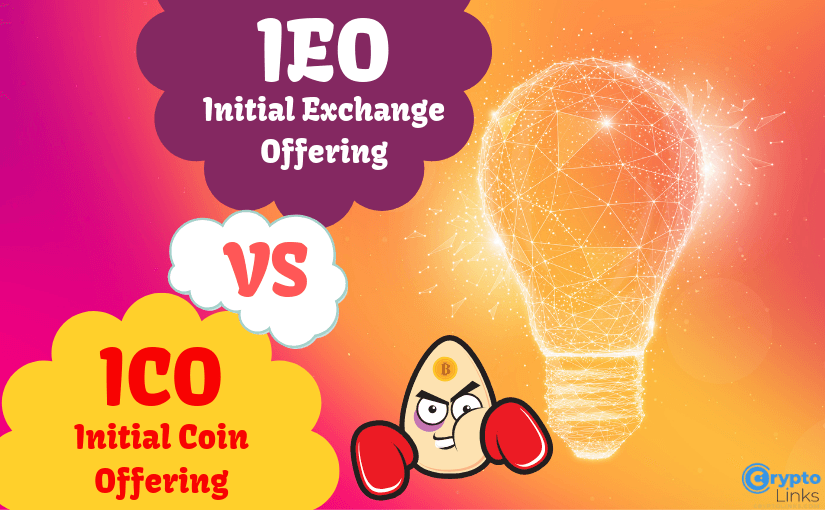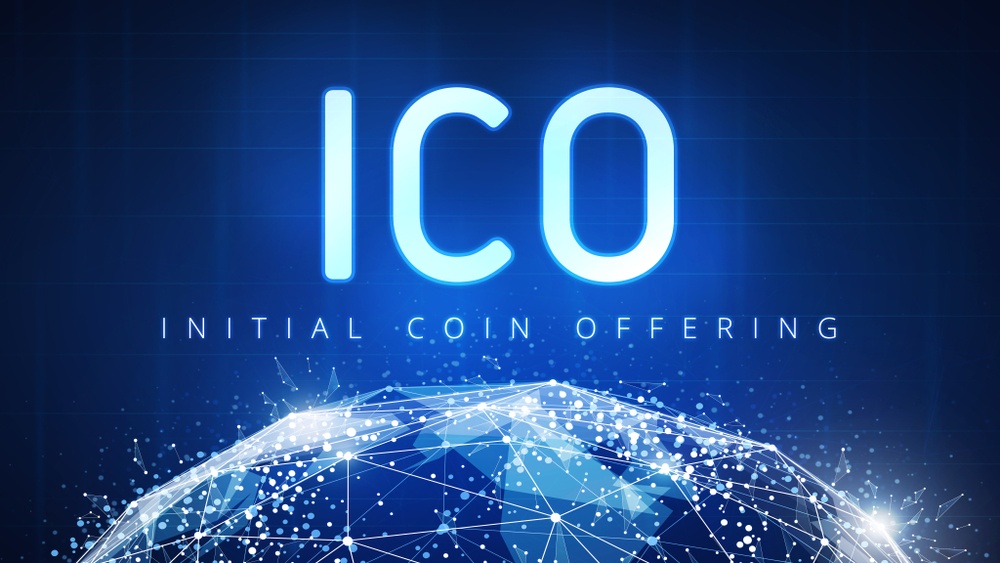Will IEOs Match the ICO Craze? ICO Vs IEO

The decentralized fundraising flame is being rekindled as the latest niche of fundraising through blockchain technology is introduced.
TLDR;
- IEOs are fundamentally very similar to ICOs
- We are seeing a number of exchanges dedicate divisions to launching IEOs
- Although IEOs provide increased protection against some of the more nefarious projects, there are still high amounts of risks associated with such token sales
The latest trend to take up in the wild world of cryptocurrency businesses is a new fundraising mechanism known as Initial Exchange Offerings (IEOs). At this stage, crypto investors are far more cautious regarding Initial Coin Offerings (ICOs) so what are IEOs offering that ICOs cannot?

Breaking Down IEOs
IEOs are essentially very similar to ICOs. They are a method for fundraising for a project which is issuing a token.
The key difference is that the token sales take place on an exchange which pre-approves the project. This results in the following key differences with an ICO:
- The token sale is only available to the users of the exchange which is listing the token
- A token sale price is agreed upon between the exchange and token project prior to the listing
- Investors get whatever benefits and drawbacks there are to the token being listed on the exchange
Let’s delve a little a deeper into the implications of all of these.

With an ICO, anyone can be an investor and the process typically involves transferring ether to a certain wallet in return for the token being issued. With the vast majority of ICO’s being issued on the Ethereum blockchain, ether is normally transferred to the public address of the project which is doing the fundraising in return for their tokens which normally are ERC-20 tokens.
In an IEO, the potential investor pool is constricted to the users of the exchange which the token is being issued upon. This means that the number of potential investors is smaller for the project which is fundraising but the investors have a number of upsides when compared with taking part in an ICO.
ICOs are notorious for having scammed countless investors. The lack of regulation and a wide pool of retail investors has attracted malicious actors in multiple forms.
A small sample of some of the scams includes exit scams, the creation of fake identities, and even simple impersonation. IEOs will protect investors from some of the more nefarious activities given the understanding that they will be pre-vetting the project and carrying out due diligence prior to agreeing to an IEO.

The main upside is that this due diligence process will help filter out the scams.
Another upside is that investors can benefit from tokens selling at the same price for all investors. It is common in ICO’s for early investors and private round investors to purchase at significantly more attractive prices than those investing at a later stage.
What about the downsides?
IEOs do not differ vastly from ICOs and maybe outright scams will not be issued but poor projects will certainly be issued. Except now, they will have the promotion of the exchange behind them which may lead to a whole new wave of investors being stung.
It is unclear whether IEOs can cause a phenomenon in any way close to the one which ICOs caused in 2017 and early 2018. But if it does, investors may be more cushioned from scams but they will still be exposed to falling prices.

The quality of the exchange conducting the listing will also need to be a key consideration for investors. Some exchanges of questionable reputation will almost undoubtedly collude with poor projects to swindle investors that they can entice.
Another downside is how these tokens will be distributed. ICOs are notorious for being unfair and there are already some reports that IEOs are also unfair to the smaller investor.
The first come first serve nature of the IEO token sales gives the advantage to those that can run scripts to buy as much of the supply as they can as quickly as they can put the average retail investor at a significant disadvantage. Similar shenanigans took place in ICO’s also with popular projects selling out in a matter of seconds in some cases.
What is the impact so far and going forward?
As the idea of IEO’s increase in prominence, many exchanges are dedicating divisions to this niche of fundraising. Binance has Binance launchpad which was responsible for the IEO’s of BitTorrent, Fetch, and Celer Network.
Bittrex has launched Bittrex International, dedicated to the streamlined listing of tokens. Asian exchanges ProBit and BW.com have also been focusing efforts on IEOs.
Time will whether the trend of IEOs can continue to snowball in momentum and have a lasting impact on the crypto world in the way that the ICO craze did. Overall, IEOs are an improvement on ICOs but not fundamentally much different.

Buyer beware is a well-known old-saying. But it stands more relevant than ever in the new world of decentralized fundraising.
